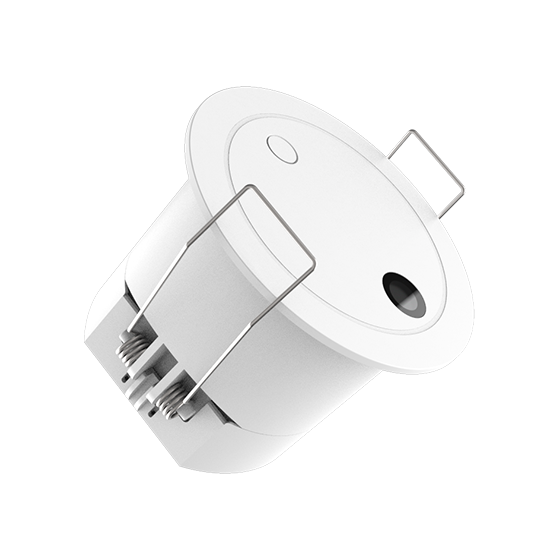Microwave sensors are an essential part of modern technology, used in everything from security systems to traffic management and lighting. These sensors work by using electromagnetic waves to detect movement and measure the speed and direction of objects. In this article, we will provide a basic overview of how microwave sensors work.
What are Microwave Sensors?
Microwave sensors are devices that use microwave radiation to detect motion. These sensors can be used in a wide range of applications, from security systems to lighting. They work by emitting a microwave signal and then measuring the signal that is reflected back. By analyzing the changes in the reflected signal, the sensor can determine if there is any motion within its detection range.
How do Microwave Sensors Work?
Microwave sensors work by emitting a high-frequency electromagnetic wave, typically in the range of 1-100 GHz. This wave is then directed toward the area that needs to be monitored. When an object moves within the detection range of the sensor, it reflects some of the microwave radiation back to the sensor.
The sensor then measures the changes in the reflected signal to determine the presence and movement of the object. The changes in the reflected signal are caused by the Doppler effect, which occurs when the frequency of the reflected wave is shifted due to the motion of the object.
Microwave sensors can also measure the speed and direction of the moving object. This is done by analyzing the changes in the frequency and phase of the reflected signal. By comparing the changes in the reflected signal to the original signal, the sensor can calculate the speed and direction of the moving object.
Advantages of Microwave Sensors
Microwave sensors offer several advantages over other types of sensors.
1. Non-contact Detection: Microwave sensors can detect motion without making physical contact with the object. This makes them ideal for applications where physical contact is not possible or desirable.
2. Accurate Measurement: Microwave sensors can measure the speed and direction of moving objects with high accuracy.

3. Low Power Consumption: Microwave sensors consume very little power, making them ideal for battery-powered applications.
4. Long Range: Microwave sensors can detect motion over long distances, making them ideal for monitoring large areas.
The takeaway
In a nutshell, Microwave sensors are an important part of modern technology, used in a wide range of applications. They work by emitting a microwave signal and then measuring the changes in the reflected signal to detect motion and measure the speed and direction of moving objects. Microwave sensors offer several advantages over other types of sensors, including non-contact detection, high accuracy, low power consumption, and long-range detection.
Why Choose us?
Shenzhen Merrytek Technology Co., LTD. is a microwave intelligent control products research and development, production, and sales as the core new "small giant" enterprise. Our R&D staff and technical support team have more than 20 years of experience in designing and manufacturing lighting control products check. Smart Technology has been focusing on the development and research of intelligent and innovative lighting control products to ensure that our customers have the most cutting-edge, innovative, and cost-effective products in the intelligent lighting market.



